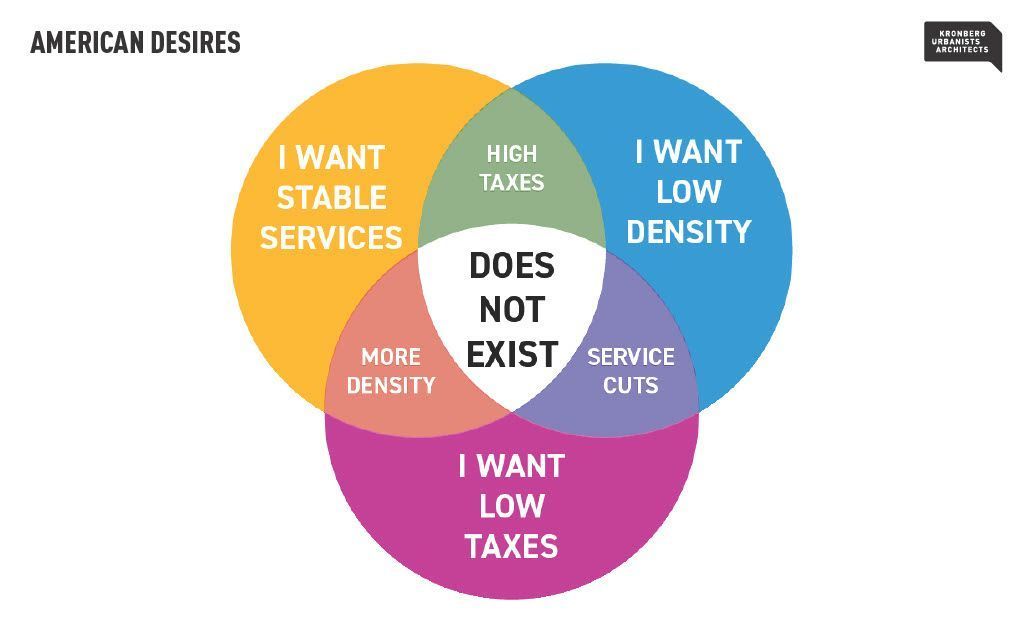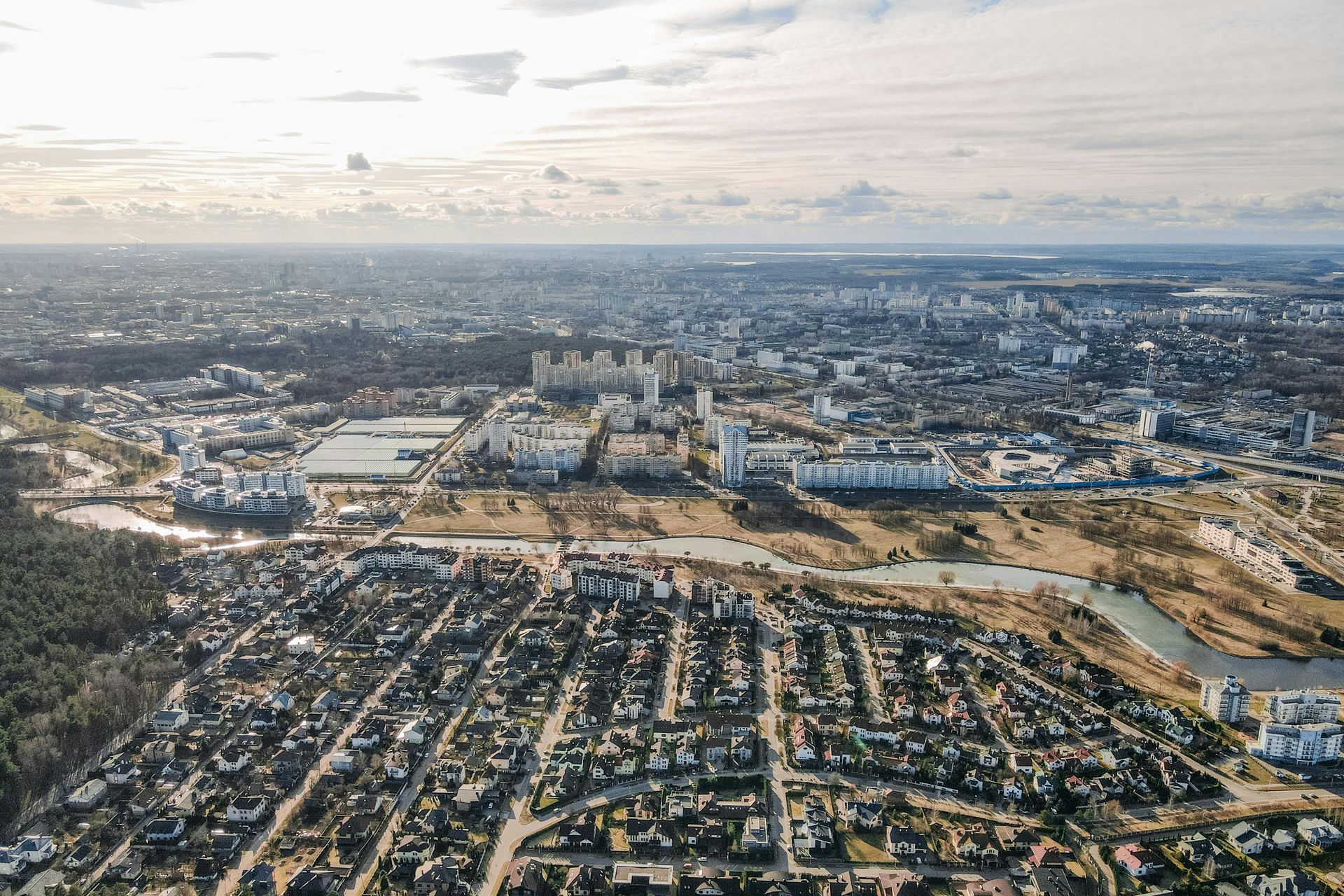Prioritizing Needs Over Wants in Your City
Financial Principles for Building Municipal Wealth: Part 2 — Prioritizing Needs Over Wants
Last week, I explored the principle of spending within your means and how it applied to the way cities should handle infrastructure investment. The main takeaway was that cities should only build infrastructure they know they can pay for long-term. This week, we are taking a look at the role of land use plans in achieving a city’s wants and needs.
Every city council member, town planner, and resident has an idea of what they want their city to be. With this vision in mind, they draft a land use plan to facilitate what they like and limit what they don’t.
However, these plans often treat fundamental needs as an afterthought, making it more difficult for the city to fulfill its obligations. Putting needs first instead will ultimately give cities greater flexibility to pursue their wants down the road.
What does a city need?
At a minimum, every city must have reliable infrastructure, core public services like fire protection and sanitation, safe housing, jobs, and access to daily essentials. These aren’t optional. They’re necessities for a city’s survival.
Yet in many places, land use plans prioritize aesthetics or lifestyle preferences over ensuring these basic requirements are met.
For example, zoning codes often prohibit multifamily housing in favor of large-lot single-family homes. While this may align with certain neighborhood preferences, it makes it harder to meet basic housing needs, particularly for lower-income residents or young people. Over time, this imbalance increases homelessness and drives people farther from jobs and services.
Likewise, many cities limit commercial activity to a few designated corridors, forcing long commutes and undercutting neighborhood businesses that could provide jobs and daily essentials closer to where people live.
These restrictions on housing and business inevitably burden municipal budgets by requiring costly infrastructure extensions. Fire departments, school districts, and transit agencies must stretch their resources across larger areas, increasing costs and response times. Meanwhile, the resulting developments fail to generate tax revenue sufficient to cover the costs.
Planning for essentials makes room for aspirations.
Many cities have great goals, like attracting more retail, building a new library or community center, revitalizing the town square, drawing in new employers, or creating a beautiful park.
These goals make a community a better place to live, but they require a strong foundation. Land use policies that create sprawling cities weaken that foundation. Eventually, without reform, cities will be forced to raise taxes or sacrifice service quality.
However, when land use decisions support attainable housing options, allow neighborhood-serving businesses, and concentrate growth where infrastructure already exists, towns can deliver essential services more efficiently.
That means less infrastructure to maintain and shorter response times for emergency services, freeing up resources for quality-of-life improvements.
That, in turn, builds the economic stability needed to pursue larger goals, whether it’s restoring a historic downtown, funding parks and trails, or supporting local schools and health clinics.
Conclusion
Land use plans shape nearly every aspect of a city’s future — where people live and work, what kinds of businesses can open, and how public dollars are spent. If a plan doesn’t prioritize meeting basic needs like infrastructure, housing availability, and accessible services, it will fall short no matter how visionary its goals may be.
Focusing on what the community must provide today creates the financial and physical foundation to pursue what it wants tomorrow. Stronger neighborhoods with more local businesses and less costly infrastructure support better schools, parks, and public services.
The best plans don’t just reflect a community’s dreams. They make those dreams possible by getting the fundamentals right first.
If you would like additional guidance with your community’s land use plan, schedule a consultation with us today!



